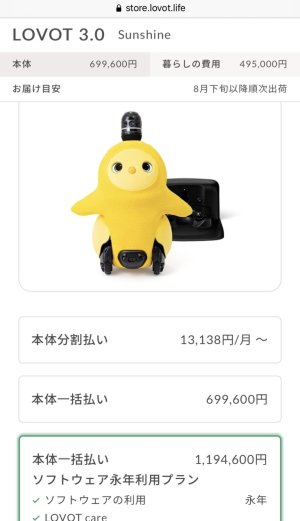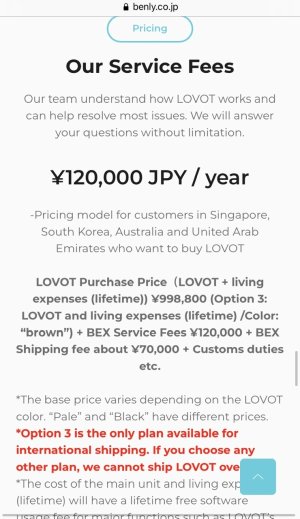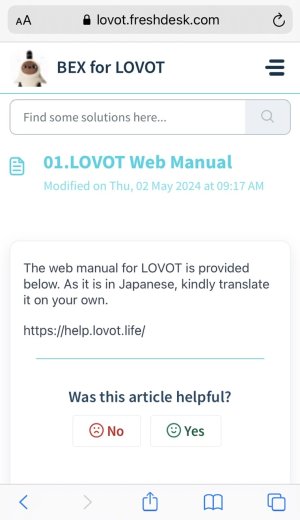Recruitment, labour hire companies collapse amid worker reluctance to swap jobs
A spate of recruitment and labour hire companies have crumbled recently as the slowing economy makes employers more reluctant to fork out money to external recruitment firms who are struggling to fill job vacancies with qualified candidates.
Public insolvency notices published by the Australian Securities and Investment Commission show a range of staffing companies, such as The Nudge Group, Digital Gurus Recruitment, and multiple labour hire businesses, have fallen into the hands of liquidators or administrators over the past four months.
National insolvency firm Mackay Goodwin director Grahame Ward, who is the administrator for Digital Gurus, said times were challenging for recruiters amid fierce competition for new candidates.
“It’s no secret that there are less eligible and available candidates applying for new jobs. Employees are reluctant to swap jobs during periods of economic uncertainty,” Ward said.
“Some industries such as logistics, construction, childcare, and nursing appear to be struggling now to attract local candidates.”
Australia welcomed
387,000 migrants in 2022 which has helped ease shortages of skilled workers, as well as put pressure on housing supply. The federal government’s changes to visas have made it easier for migrants to fill in-demand roles and plug skills shortages.
“Against that, it appears rising interest rates, inflation, and supply chain challenges have, however, pushed some businesses to cut back on external hiring costs for new recruits, bringing recruitment in-house rather than outsourcing to recruitment agencies or even halting recruitment altogether to ride out tough hiring conditions,” Ward said.
In the 2023 financial year, nearly 8000 Australian companies entered into external administration, an increase of nearly 50 per cent on the previous year, prompting some experts to describe the situation as an “
insolvency armageddon”.
Construction, hospitality and retail sectors have experienced the greatest distress against the backdrop of a slowing economy: national GDP grew by just
0.4 per cent in the three months to June, which saw Australia technically slide into a per capita recession.
Meanwhile, the
unemployment rate ticked up to 3.7 per cent in July and is broadly predicted to keep rising to 4.5 per cent by the middle of 2024.
“Although pockets of employment growth are still likely, recent indicators suggest that broader economic weakness is finally creeping into the labour market, meaning there may be less opportunity for workers to negotiate on pay and conditions that have helped many households navigate inflationary pressures,” said Deloitte Access Economics partner David Rumbens in his latest employment forecast report.
Insolvency Australia director Gareth Gammon observed that recruitment agencies were struggling with more vacancies than they could find qualified candidates for.
“I think the employee has got fear at the moment. They don’t want to lose their job, their entitlements ... so there isn’t a lot of movement between roles at the moment. So the merry-go-round has almost stopped,” Gammon said.
Staffing agencies also need to work more creatively to fill roles as traditional job advertising is becoming less effective, he added.
A broader collapse in the construction industry, including high-profile businesses
Porter Davis and
Mahercorp, has reverberated through labour hire companies such as Duet Recruitment, ARI Recruitment, Collar Up Recruitment, GRB 365 Recruitment and PG Labour Services, who have called in administrators as their work dries up.
“The high share of blue-collar workers in the construction industry means the blue-collar workforce will likely bear the brunt of the labour market slowdown, with a decline of 0.5 per cent (18,800 workers) in 2023-24,” said Rumbens.
Source:
https://amp.smh.com.au/business/the...-reluctance-to-swap-jobs-20231006-p5ea8q.html


